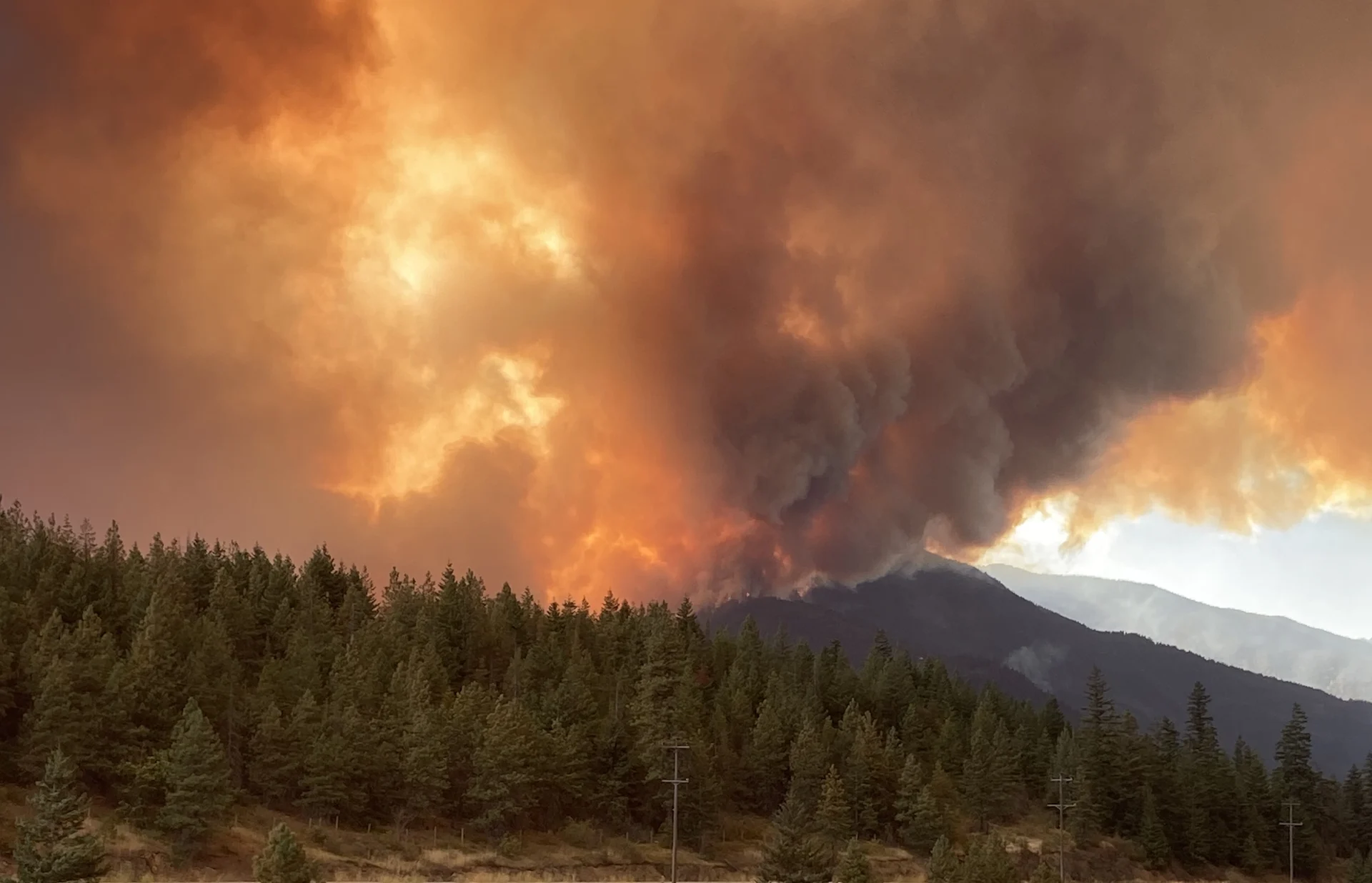
British Columbia's wildfire crisis took centre stage in 2023
In line with the recent B.C. Year In Reviews, this year's primary emphasis was on wildfires. However, 2023 stood out from previous seasons in the province due to its intensity.
As The Weather Network meteorologist Tyler Hamilton put it, “This is now officially the worst wildfire season in provincial history.” And that was in mid-June.
By the end of the fire season, there were over 2200 wildfires burning more than 3 million hectares. At the time of publication, the season had cost the province $770 million, but that number is expected to rise closer to $1 billion.
While many think of summer as the wildfire season, concerns for the 2023 season actually started in the fall of 2022.
“People were enjoying extended patio weather and extended golf seasons in October, but the forests were really lacking the regular rainfall we typically see in the fall," Lead Forecast with the BC Wildfire Service Matt MacDonald tells The Weather Network.
The drought conditions continued into the spring, and the wildfires started fast and furious. In fact, the province’s largest wildfire, the Donnie Creek fire in northeast British Columbia, started on May 12th. It eventually grew to be larger than the entire province of Prince Edward Island.
WATCH | View of the devastating Donnie Creek fire in BC
RELATED: Donnie Creek wildfire in B.C. now the largest recorded in province's history
The drought conditions continued throughout the summer as well. The province saw below-seasonal rainfall, with places like Kamploops seeing just 17% of normal rain totals.
Minister of Emergency Management and Climate Readiness Bowinn Ma held several press conferences throughout the summer to stress the dire situations: “We have not experienced this level of widespread drought across the province this early in B.C. history.”
By the end of July, two-thirds of the province’s water basins were at a drought level of 4 or 5, the most extreme drought rating.
No rain, plus lighting storms and strong winds, was a recipe for disaster throughout the rest of the summer.
WATCH | Urban tree selection changing as B.C. gets hotter and hotter
RELATED: B.C. drought brings increased flood risks, far-reaching damage, experts warn
The Weather Network was on scene in West Kelowna with the McDougall Creek wildfire. The fire forced a local state of emergency. More than 10,000 residents were evacuated, several structures were lost, and more than 500 firefighters were needed to battle the blaze.
By August, Premier David Eby had declared a provincial state of emergency. In a press release, he stated that the decision was made to “ensure we are in a position to rapidly access any tools we need to support communities as the situation evolves.”
They also asked residents to avoid travelling to one of the most popular summer destinations, the Okanagan. The tourism sector in Kelowna alone is worth $2.1 billion annually, and it was hit hard by the summer’s fires.
WATCH | A look at the devastating McDougall Creek wildfire
RELATED: Up to 200 buildings estimated destroyed by Okanagan wildfires, fire chiefs say
As the wildfire season slowly came to an end and the bans were lifted, firefighters already had their minds set on the 2024 wildfire season. According to Matt MacDonald with the BC Wildfire Service, the outlook is looking grim: “As we enter the winter season, El Niño is going to be at play, and what that does is load the cards in favour of a warm and dry winter. And there have been a number of studies that have shown that fire seasons coming on the heels of an El Niño winter are more active, more aggressive, and more area burned.”
At the end of the day, though, it will all depend on how much spring rain we get at the start of next season.
(Header image: Kookipi Creek wildfire on August 18 2023. Courtesy of BC Wildfire Service via X)
